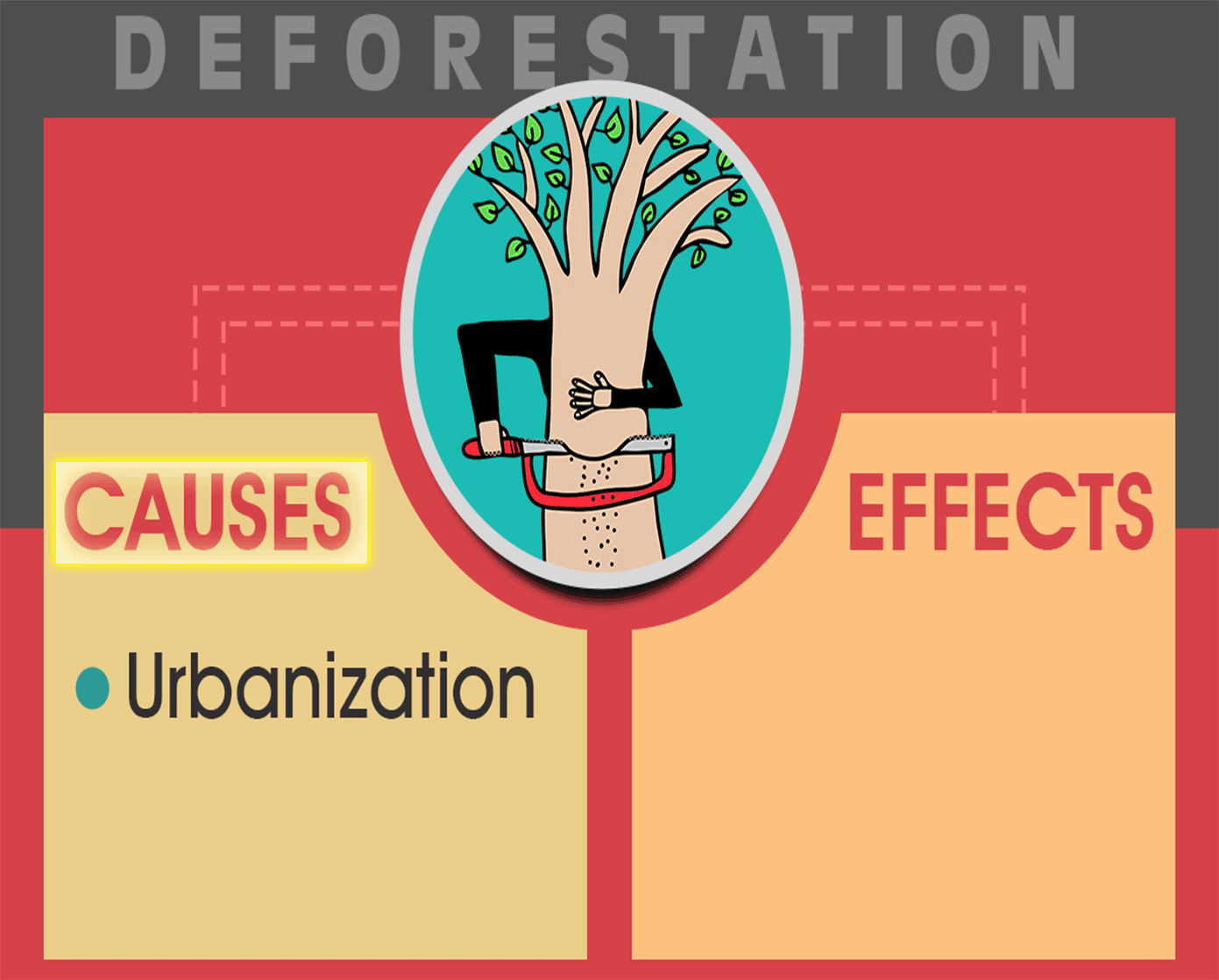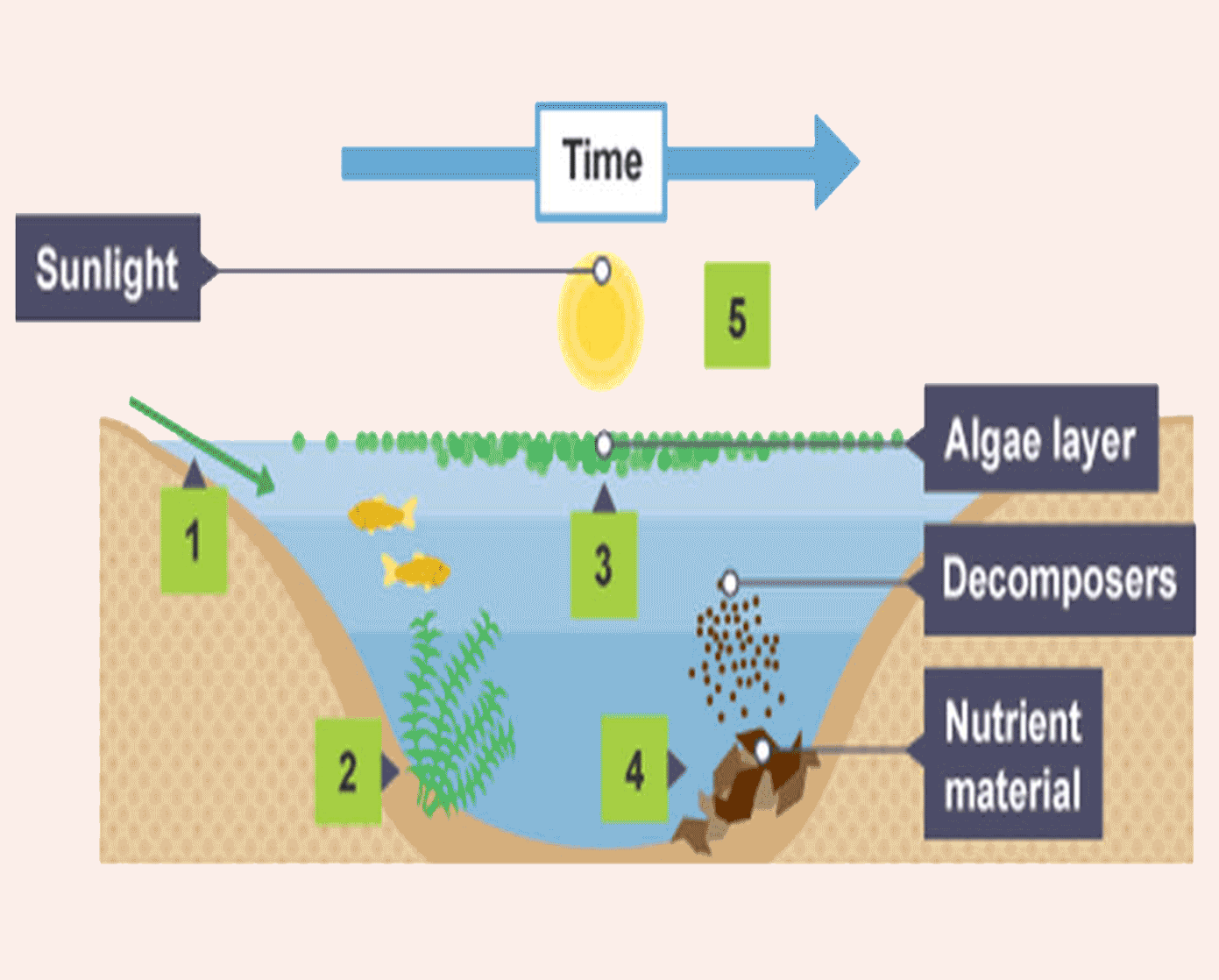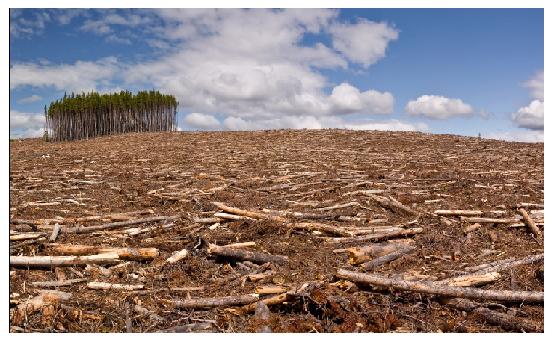The Carbon Cycle
The carbon cycle is the mechanism that maintains the level of carbon dioxide in the atmosphere. Watch the video below to learn more about the carbon cycle.
The Carbon Cycle (cont.)
The carbon cycle describes the transaction of carbon between different populations in the ecosystem. It consists of different processes that remove and restore carbon dioxide continuously.
To maintain a constant amount of carbon dioxide in the atmosphere, the rate of removal of carbon dioxide must be balanced by the rate of return of carbon dioxide to the atmosphere.
Carbon exists in the atmosphere as carbon dioxide. This can be taken out of the atmosphere by the process of photosynthesis - the carbon then becoming part of glucose molecules.
These glucose molecules are then broken down during respiration. The process of respiration releases carbon back into the atmosphere as carbon dioxide.
Carbon dioxide could also be released into the atmosphere by combustion of wood and fossil fuels.
Microorganisms and some animals feed on dead organic matter. The carbon then becomes part of these microorganisms. This process is known as decomposition, the
Effects of combustion of fossil fuels
Global Warming
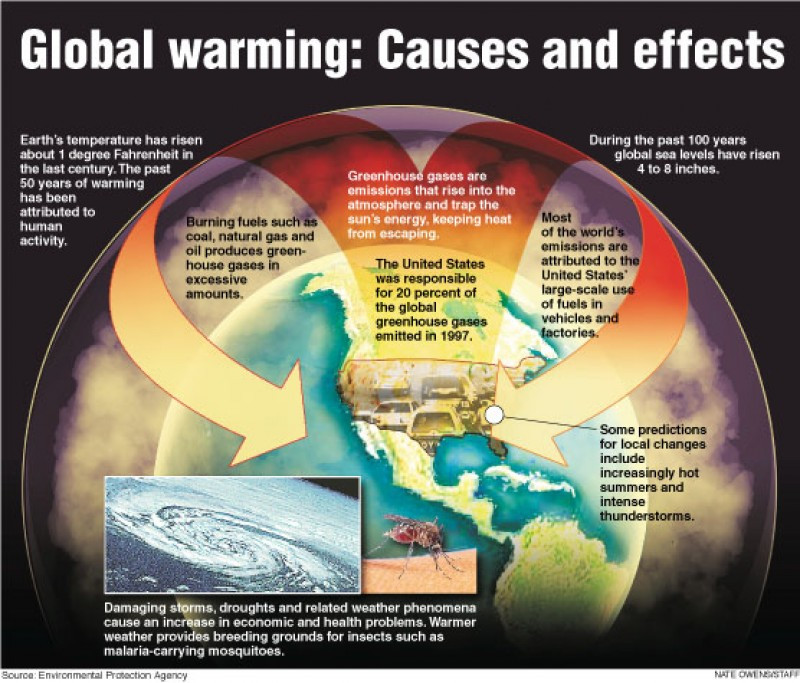
Acid Rain
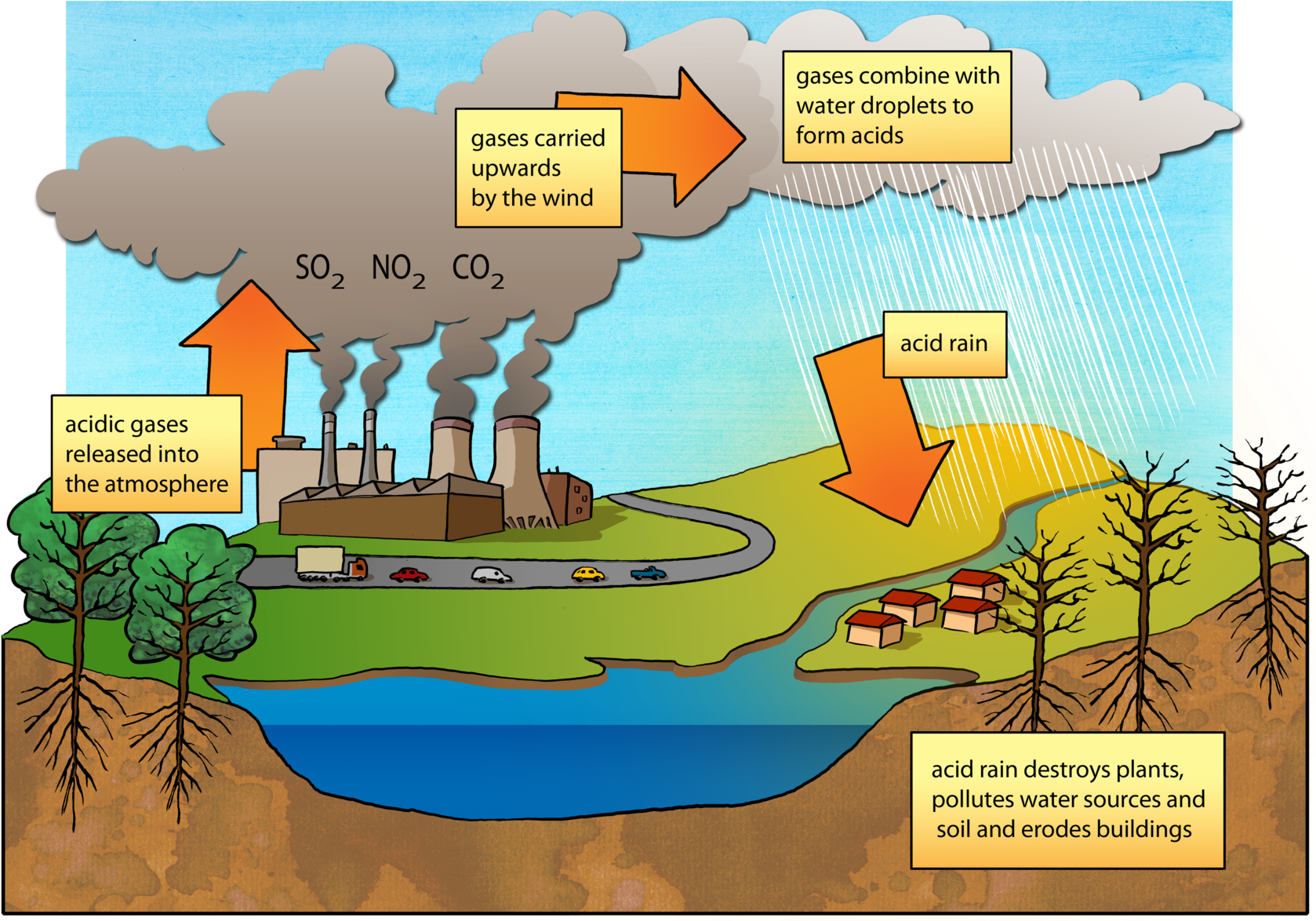
Loss of biodiversity
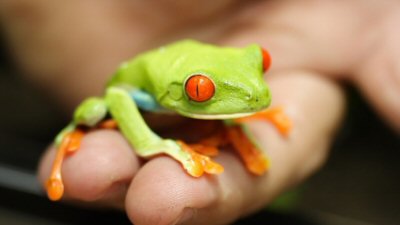
Loss of soil
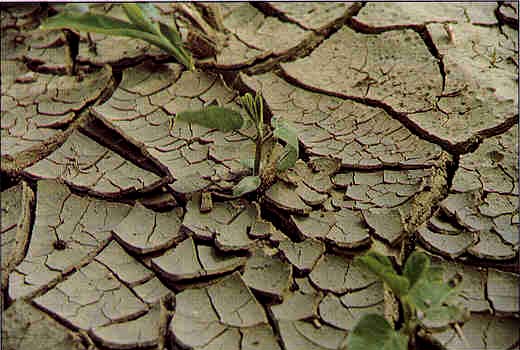
Flooding
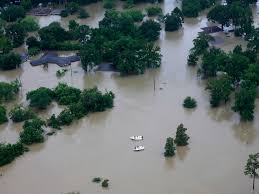
Carbon dioxide Build-up
.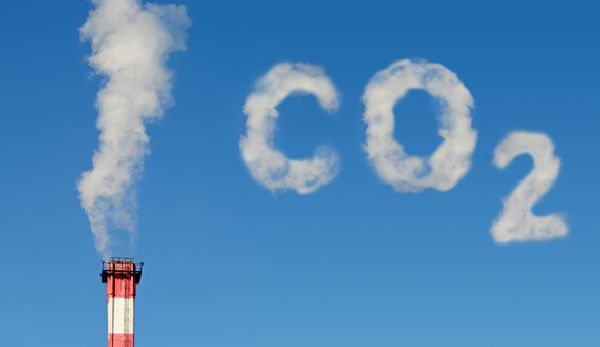
Effects of Deforestation
The undesirable effects of deforestation include habitat destruction, extinction, loss of soil, flooding and increase of carbon dioxide in the atmosphere./b> People have been cutting down trees for thousands of years, for example:
to clear land for farming and building
for wood to use as a fuel or building material
Forestry is sustainable as long as trees are replaced, either naturally or because of replanting. When this is not done, the area covered by forest decreases.
Importance
It ensures and maintains a constant supply of atmospheric carbon dioxide for plants to use for photosynthesis, converting light energy to chemical energy in food that consumers can use.
It also enables energy flow in the ecosystem, with carbon compounds acting as an energy currency transfered between organisms.
Unlike carbon, energy flow is non-cyclical. Energy is constantly being lost to surroundings and is not recycled back to the producer. An energy source (Sun) constantly provides energy to the ecosystem.
Eutrophication
A major problem with the use of fertilisers occurs when they are washed off the land by rainwater into rivers and lakes. This leaching causes an increase in the levels of minerals such as nitrate and phosphate in the water, a process called eutrophication.
Eutrophication encourages the growth of algae. These form a green bloom over the water surface, preventing sunlight reaching other water plants. These plants die because they are unable to carry out photosynthesis.
Bacteria decompose the dead plants, respiring and using up the oxygen in the water as they do this. The low oxygen levels make it difficult for aquatic insects and fish to live, and eventually the lake may be left completely lifeless.
Summing Up
The Earth is like a giant and the ecosystem is the biological system of the giant. As learnt during homeostasis, it is critical to maintain a constant internal environment to function normally. Nature made use of carbon sinks to absorb excess carbon dioxide, and release it when the atmosphere has a deficit.
Recently, massive deforestation and pollution is disrupting the normal function of these carbon sinks. As such, the Earth cannot regulate the level of carbon dioxide effectively, much like how a diabetic patient cannot regulate blood glucose concentration effectively.
